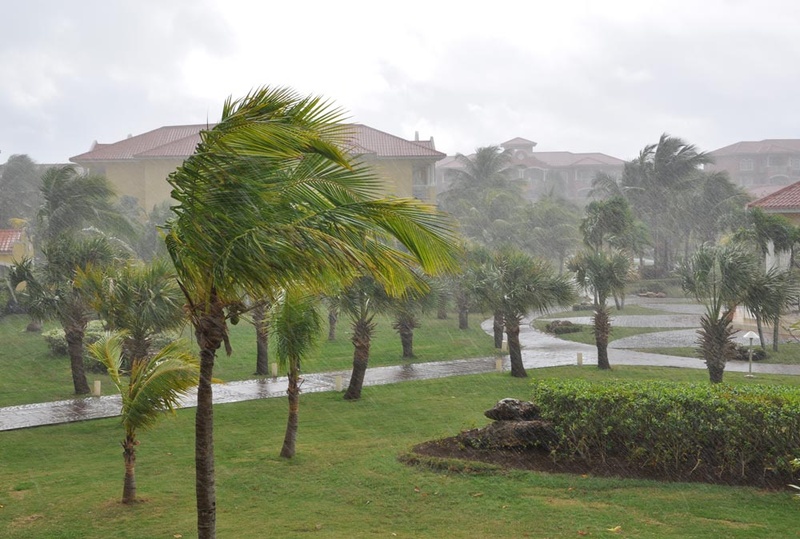
Your Trees: Before and After a Storm
Homeowners should select wind-resistant trees for their landscapes. After a storm has passed, assessing tree damage quickly is important. Homeowners must decide which trees will benefit from restorative pruning, which trees can be righted and re-planted, and which trees must be removed.
This year’s active storm season has brought multiple hurricanes that have significantly damaged structures and landscapes. Young and mature trees alike have sustained damage to limbs, have had whole sections ripped out, or have been uprooted and knocked to the ground.
With two months of hurricane season to go (it officially lasts until Nov. 30), and another season arriving next June, what can homeowners do to prevent storm-inflicted tree damage and to prepare for saving fallen trees?
Smart Tree Selection and Planting
While hurricanes damage trees indiscriminately, some are more wind-resistant than others, and the wise homeowner will plant trees that fall into this category. Wind-resistant trees include sand live oaks, Southern magnolias, live oaks, crape myrtles, bald cypress trees, sabal palms, pygmy dates, and sea grapes.
Trees planted in stands or groups will be more likely to resist strong winds.
Pre-Storm Pruning and Thinning
Trees whose canopies are thinned—with spaces for winds to pass through–are more hurricane-tolerant than trees with full, dense canopies. It’s a good idea to hire a certified arborist or a professional tree-trimming company to prune and thin any tree that stands taller than 15 feet.
Recovering Post-Storm Fallen Trees
After a storm, homeowners must assess tree damage and decide which downed trees will be saved and which will be removed. A tree with major damage to its trunk often cannot be saved. A tree with damage to its canopy but an intact trunk has a better chance of making a comeback.
The success of righting and re-planting a fallen tree depends on several factors.
- Tree age and size (young trees with trunks under 4” in diameter have the best chance of a comeback)
- Tree species (some—such as laurel oaks–are prone to internal decay and may not be worth trying to restore; others—such as live oaks and buttonwoods—have greater internal integrity)
- Tree health (young, healthy trees with strong limbs will have a better chance of recovery than old trees with decayed roots or trunk)
- Extent of tree damage (some are too badly damaged to save)
- Timing of re-planting (the sooner a tree gets back in the ground, the better its chances of survival)
To re-plant a tree:
1) Wet roots and cover with a tarp as soon as possible.
2) Dig a hole big enough to accommodate the exposed roots.
3) Make clean cuts across any root ends that are torn or jagged.
4) Pull the tree upright and stand it as straight as possible.
5) Fill in the hole with dirt from the site.
6) Stake the tree securely.
7) Irrigate the tree three times per week for at least the first few months and do not fertilize.
Allow Trees Recovery Time
Be careful of pruning branches too quickly on damaged trees. Restoration pruning should wait until leaves have grown back (allowing for photosysnthesis and energy storage) and sprouts have grown that rebuild a tree’s starch reserves. A tree needs to have its strength replenished after a storm so that it can withstand the trauma of pruning.
(Visit http://edis.ifas.ufl.edu/pdffiles/EP/EP30000.pdf for more info.)